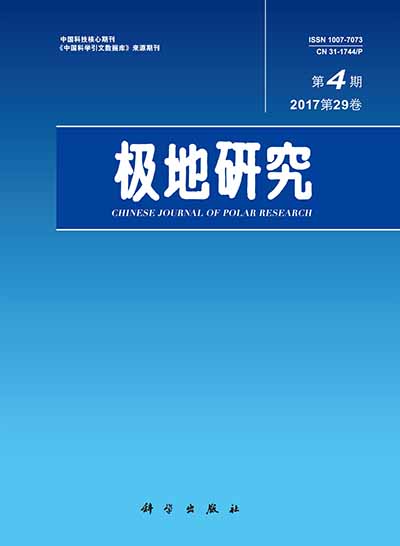Five different samples of representative soil and meltwater (MT, AT, TN, BT, MS) were collected from the upstream, midstream and downstream of the Arctic Svalbard glaciers. The culturable bacteria and potential nitrogen-fixing bacteria were counted, enriched and isolated by using LB medium and strict nitrogen-free medium at the low temperature, respectively. After colony observation, preliminary 16S rRNA gene sequencing and nifH -PCR, 48 culturable bacterial strains and 31 potential nitrogen-fixing bacterial strains were selected to examine the phylogenetic diversity based on the almost full-length 16S rRNA gene sequences. The purpose was to obtain a preliminary understanding of the diversity and distribution of these bacteria in this special area, and to provide a basis for further research on their ecological functions. The results showed that the populations of the culturable bacteria in the five samples were ordered as BT > TN > AT > MT=MS. The populations of potential nitrogen-fixing bacteria were ordered as BT > AT > MT > TN > MS. Forty-eight culturable bacteria belonged to 4 phyla (Proteobacteria, Actinobacteria, Bacteroidetes, Firmicutes), 7 classes and 14 genera, and their degrees of diversity were ordered as BT(6 classes, 6 genera)> MT(4 classes, 6 genera)> AT=MS(3 classes, 3 genera)> TN(2 classes, 3 genera). Meanwhile, the majority of culturable bacterial isolates were composed of Pseudomonas of γ-proteobacteria (20.8%, isolated from the AT, BT and MS samples) and Janthinobacterium of β-proteobacteria(35.4%, isolated from the MS sample). The experimental results of the potential nitrogen-fixing bacteria showed that the diversity of 31 strains isolated from the five samples was very low. Of the strains, 90.32% belonged mainly to Pseudomonas(γ- proteobacteria), only 3 strains isolated from the MT and MS samples belonged to Rhizobium (α-proteo¬bacteria), Janthinobacterium (β-proteobacteria) and Arthrobacter (Actinobacteria C), respectively. There was high 16S rRNA gene homology among these potential nitrogen-fixing strains and some related standard-type strains isolated from other extreme environment. In addition, eight strains that showed less than 98.6% 16S rRNA gene-sequence similarity with strains of related type may represent potential novel species in this special ecological environment.

